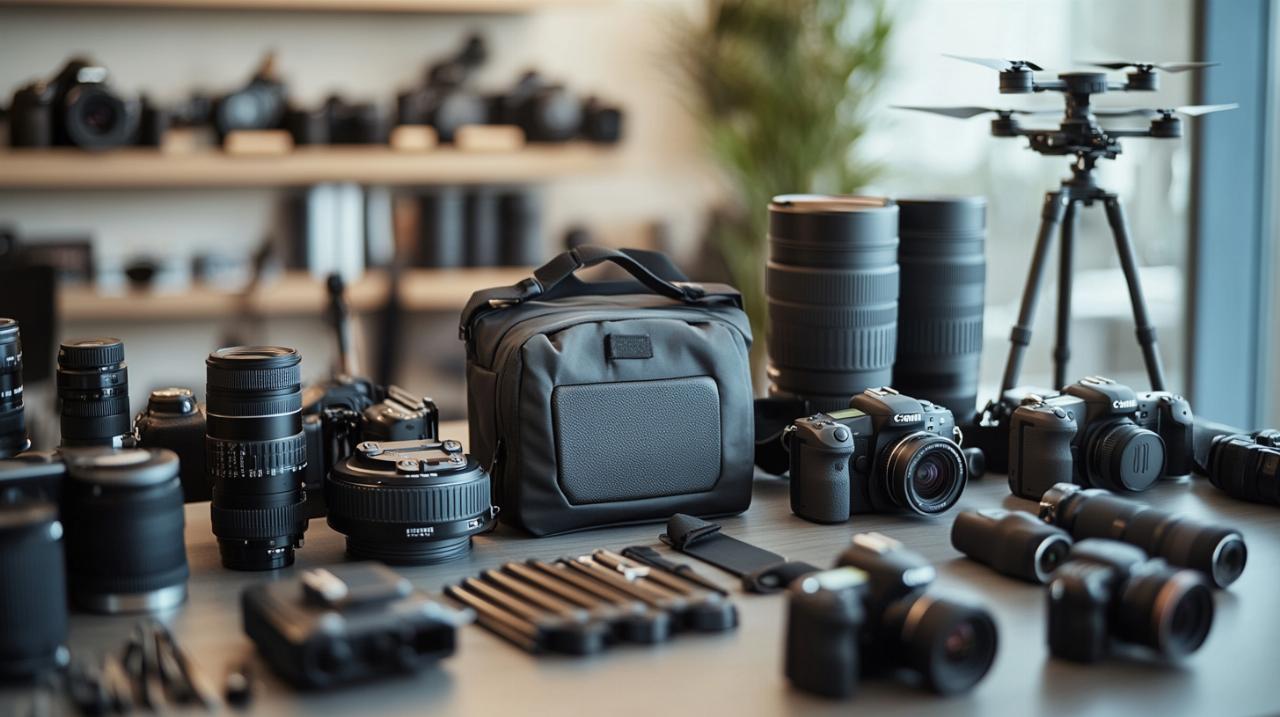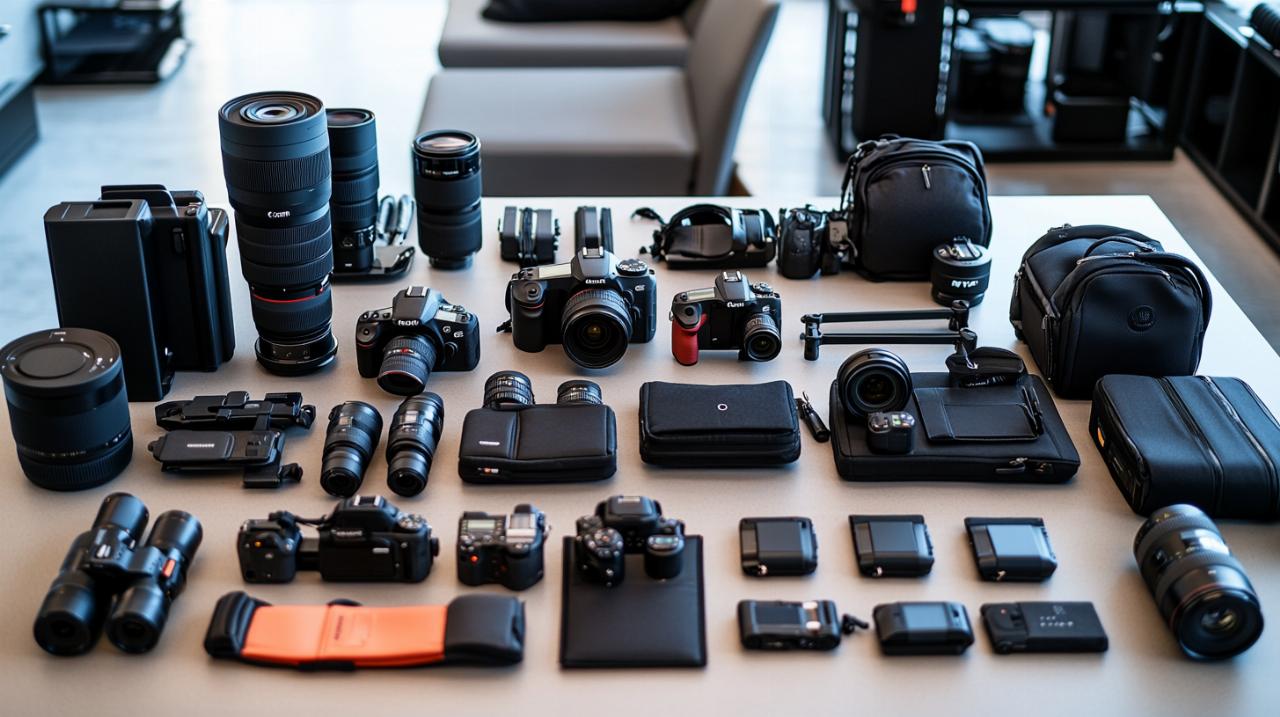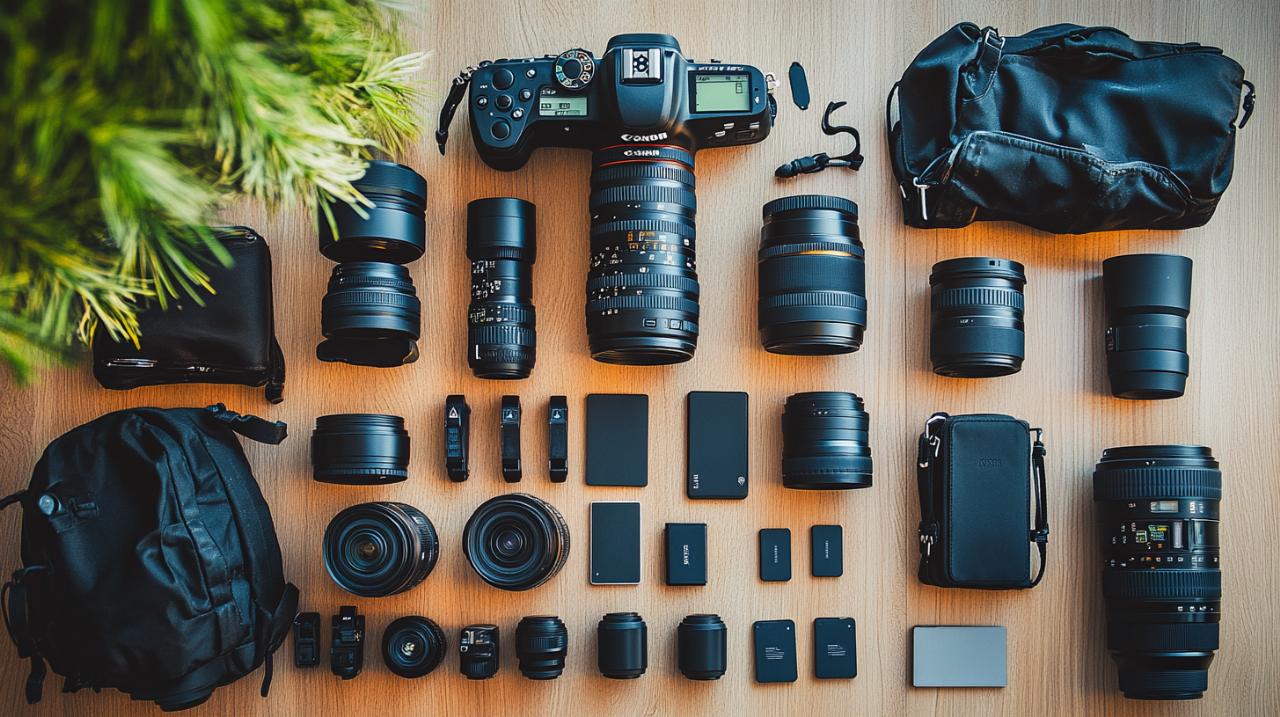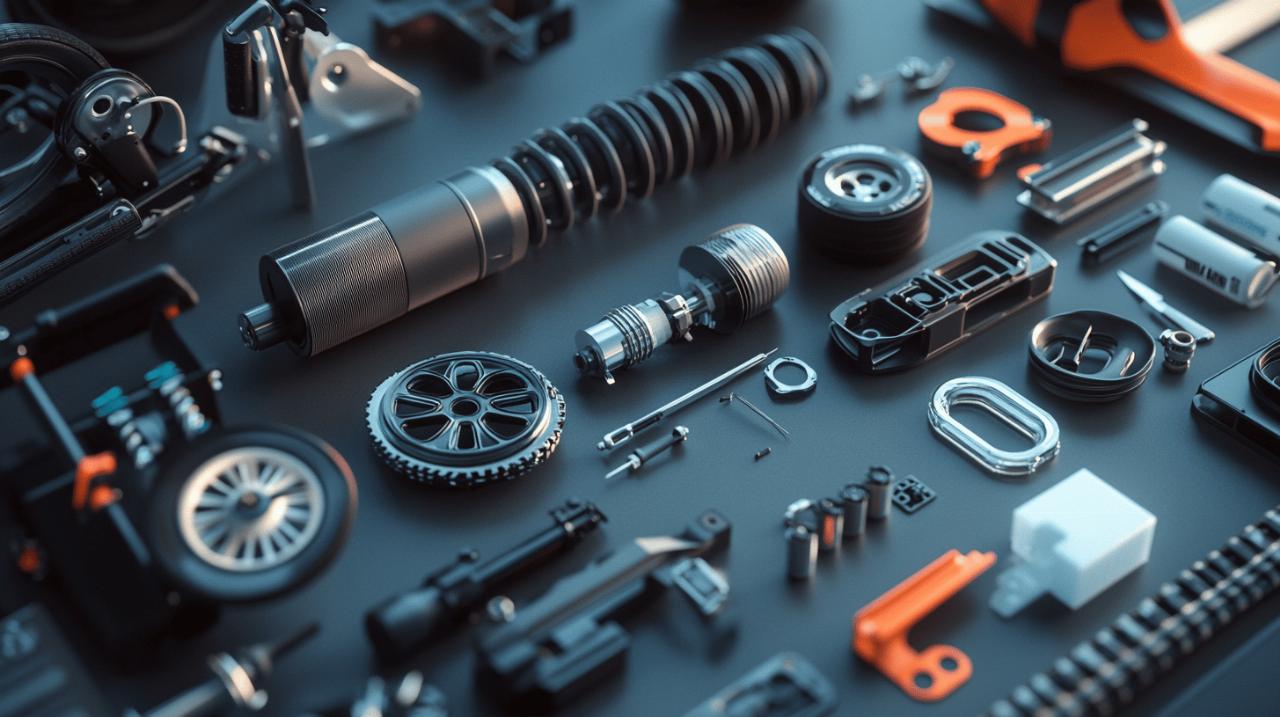Photography has evolved into a passion that spans generations, drawing in enthusiasts who seek to capture the world through their unique lens. Whether you are just starting your journey or have years of experience, the right camera accessories can transform your images from ordinary snapshots into extraordinary works of art. In this guide, we delve into the essential tools that every photographer should consider, from versatile lenses to reliable support systems, ensuring your creative vision comes to life with every click of the shutter.
Essential lens options to elevate your photography game
When it comes to enhancing your photography, lenses are arguably the most critical component of your kit. They dictate how your camera sees the world and can dramatically influence the mood, depth, and clarity of your images. Understanding the distinct characteristics of different lens types allows you to make informed decisions that align with your creative goals. From the crisp precision of prime lenses to the adaptable nature of zoom optics, each option brings its own set of advantages to the table. For those exploring a wide range of photography equipment, platforms like kodak.gtcie.com/en offer an extensive selection of camera accessories and lenses tailored to suit various shooting styles and preferences.
Prime lenses: sharpness and low-light brilliance
Prime lenses are celebrated for their exceptional sharpness and superior performance in challenging lighting conditions. Unlike their zoom counterparts, prime lenses have a fixed focal length, which means you must physically move closer or further from your subject to adjust framing. This constraint, however, encourages photographers to engage more intimately with their environment and develop a keener eye for composition. The optical design of prime lenses typically allows for wider maximum apertures, often ranging from f/1.4 to f/2.8, making them ideal for low-light photography and achieving that coveted creamy bokeh effect in portraits. The simplicity of their construction also translates to lighter weight and often more affordable pricing compared to complex zoom systems. Whether you are capturing intimate portraits, street scenes, or fine art imagery, a quality prime lens can significantly elevate the technical and artistic quality of your work.
Zoom lenses: versatility for every shooting scenario
Zoom lenses offer unmatched versatility, allowing photographers to quickly adapt to changing scenes without the need to swap lenses constantly. This flexibility is particularly valuable in dynamic environments such as weddings, wildlife photography, or travel, where moments unfold rapidly and unpredictably. Modern zoom lenses have come a long way in terms of image quality, with many models now rivalling prime lenses in sharpness and clarity. The ability to cover a range of focal lengths in a single lens not only reduces the weight of your camera bag but also minimises the risk of missing critical shots while fumbling with gear changes. While zoom lenses may not always match the widest apertures of primes, they provide a practical solution for photographers who value convenience and the ability to experiment with different perspectives on the fly. From standard zoom ranges like 24-70mm to telephoto options stretching beyond 200mm, there is a zoom lens suited to virtually every photographic discipline.
Tripods and Support Systems: Stability for Professional Results
Achieving tack-sharp images, especially in low-light conditions or when using slower shutter speeds, requires more than just a steady hand. Tripods and other support systems are indispensable tools that provide the stability necessary for professional-quality results. They eliminate camera shake, enable precise compositions, and open up creative possibilities such as long exposures, time-lapses, and macro photography. Investing in a robust support system is a decision that pays dividends across all genres of photography, ensuring your technical execution matches your artistic vision.
Choosing the Right Tripod for Your Photography Style
Selecting the ideal tripod involves balancing factors such as weight, height, load capacity, and material construction. Carbon fibre tripods, for instance, are prized for their lightweight yet sturdy design, making them perfect for travel and landscape photography where mobility is essential. Aluminium tripods, on the other hand, tend to be more budget-friendly while still offering reliable support for most camera setups. Consider the maximum height of the tripod when fully extended, ensuring it allows you to work comfortably without excessive bending or stretching. The leg locking mechanism, whether twist locks or lever locks, also plays a role in ease of use and speed of setup. Additionally, look for tripods with adjustable centre columns and the ability to splay legs at various angles, granting you flexibility when shooting on uneven terrain or at unconventional angles. A quality tripod head, whether a ball head for quick adjustments or a pan-tilt head for precise control, completes the setup and ensures your camera remains secure and easily manoeuvrable.
Monopods and Gimbals: Portable Solutions for Dynamic Shots
For photographers who require mobility without sacrificing stability, monopods and gimbals present excellent alternatives to traditional tripods. Monopods offer a single-point support that significantly reduces camera shake while allowing for rapid repositioning, making them a favourite among sports and wildlife photographers who need to track fast-moving subjects. They are also considerably lighter and more compact than tripods, fitting easily into a camera bag or even being carried over the shoulder during long hikes. Gimbals, on the other hand, are specialised support systems designed for smooth, fluid motion, particularly beneficial for video work and tracking shots. They counterbalance the weight of your camera and lens, enabling seamless panning and tilting movements that would be difficult to achieve handheld. Modern gimbals often feature motorised stabilisation, further enhancing the quality of your footage and reducing post-production work. Whether you are capturing the decisive moment at a sporting event or creating cinematic sequences for a travel vlog, investing in a monopod or gimbal can dramatically improve the professionalism and visual appeal of your output.
Beyond lenses and support systems, a comprehensive photography kit benefits from a range of additional accessories that enhance both creativity and convenience. Memory cards with ample storage capacity ensure you never run out of space during critical shoots, while spare batteries keep your camera powered throughout long sessions. Lens accessories such as UV filters, polarising filters, and macro attachments expand your creative toolkit, allowing you to experiment with different effects and protect your valuable glass. Lighting equipment, including portable flashes, reflectors, and softboxes, gives you control over the illumination of your subjects, transforming flat images into dynamic, well-lit compositions. Camera bags and cases safeguard your gear during transport, offering peace of mind whether you are navigating busy city streets or trekking through rugged landscapes. Remote shutter releases enable you to trigger your camera from a distance, essential for self-portraits, long exposures, and minimising vibrations during critical shots.
Many online retail platforms now offer extensive catalogues of photography equipment and consumer electronics, catering to photographers at every level. These platforms provide detailed product reviews, buying guides, and promotional offers, making it easier than ever to find the right gear for your needs. Payment methods have also become increasingly flexible, with options ranging from traditional credit and debit cards to modern digital wallets and instalment plans, ensuring that budget constraints do not hinder your creative ambitions. Delivery services have improved significantly, with many retailers offering free delivery on orders above a certain threshold, often around seventy-nine euros, and expedited shipping for those who need their equipment quickly. Customer service teams are typically available to answer queries and provide guidance, often responding within forty-eight hours during weekdays, ensuring that your shopping experience is smooth and supportive.
Engaging with the broader photography community through newsletters, blogs, and social media channels can also enrich your experience. Many retailers and photography publications offer newsletter subscriptions that provide exclusive discount codes, early access to sales, and valuable content such as tutorials and gear reviews. With millions of annual readers and thousands of featured photographers contributing to these platforms, there is a wealth of knowledge and inspiration available to help you refine your skills and stay updated on the latest trends and innovations in photography equipment. Multi-language and multi-currency support on these platforms ensures that photographers around the world, whether in France, Germany, Italy, Spain, Poland, or the United Kingdom, can access the same high-quality resources and products.
In conclusion, building a comprehensive photography kit requires careful consideration of your specific needs, shooting style, and creative goals. By investing in quality lenses, reliable support systems, and a selection of versatile accessories, you equip yourself to tackle any photographic challenge with confidence and creativity. The landscape of camera and photo accessories is vast and constantly evolving, with new technologies and innovations emerging regularly. Staying informed through buying guides, product reviews, and engagement with the photography community ensures that your gear remains current and continues to support your artistic vision. Whether you are capturing the delicate details of a macro subject, the sweeping vistas of a landscape, or the fleeting emotions of a portrait, the right equipment makes all the difference in bringing your photographic dreams to life.










Comments are closed.